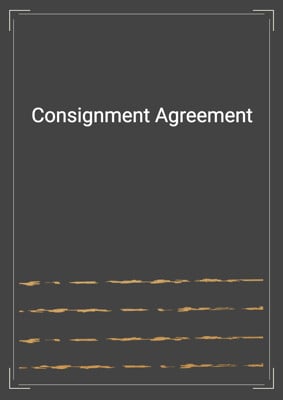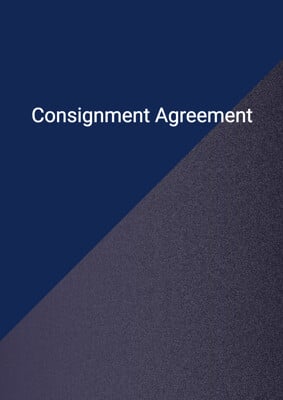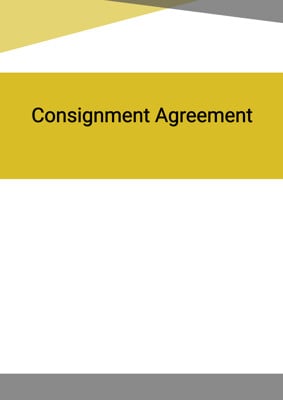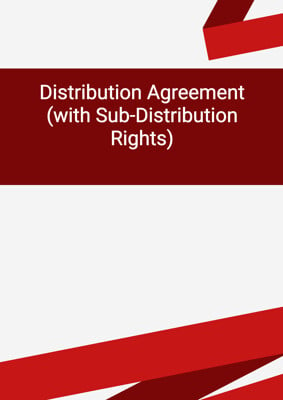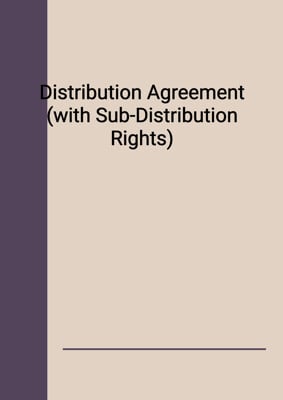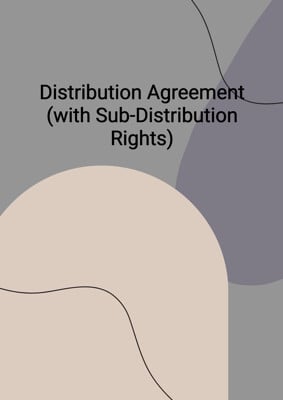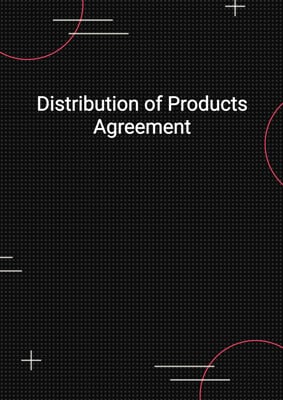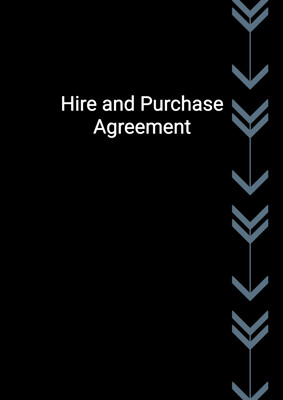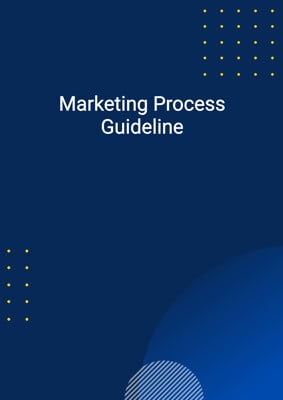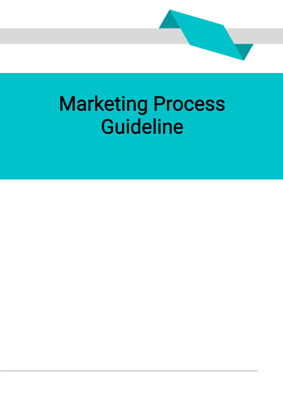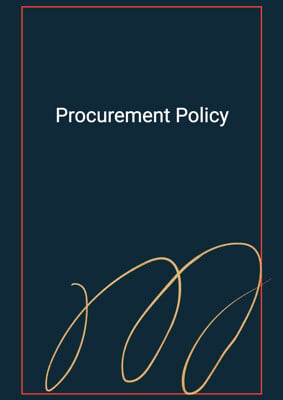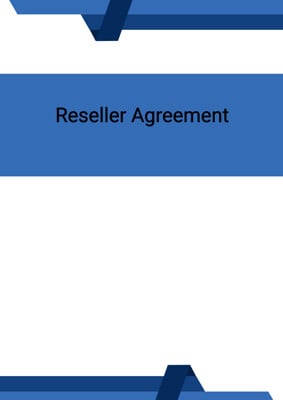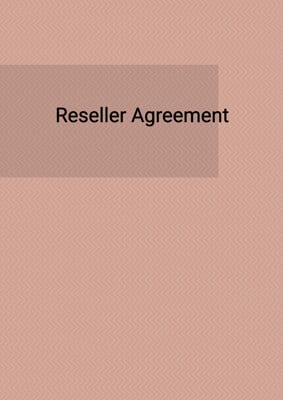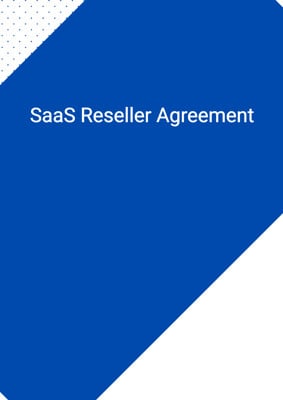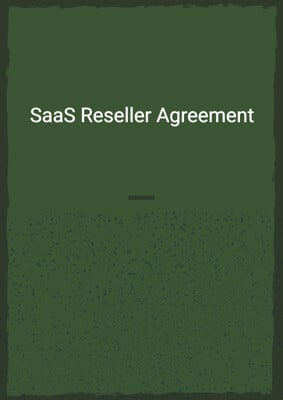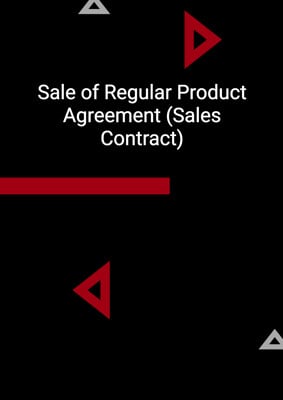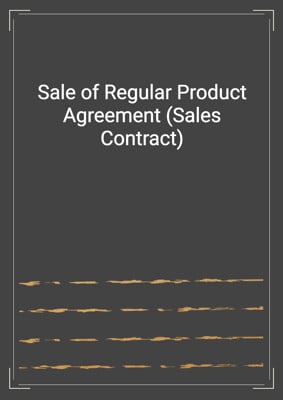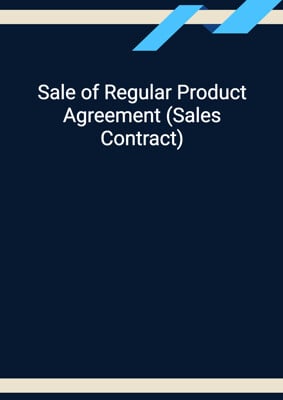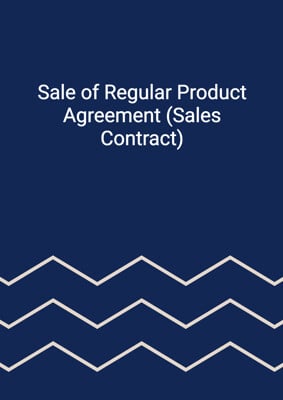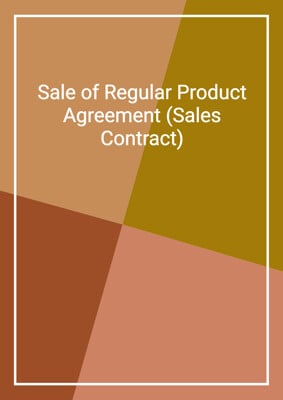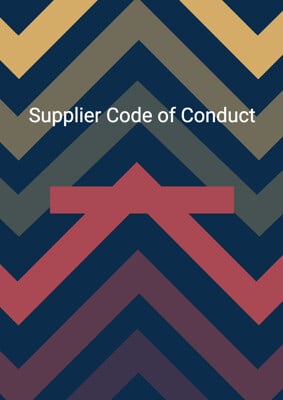How to Tailor the Document for Your Need?
01
Create Document
Fill in the details of the parties. You can click the "Fill with Member’s Information" button to complete it with information saved to your account.
02
Fill Information
Please fill in any additional information by following the step-by-step guide on the left hand side of the preview document and click the "Next" button.
03
Get Document
When you are done, click the "Get Document" button and you can download the document in Word or PDF format.
04
Review Document
Please get all parties to review the document carefully and make any final modifications to ensure that the details are correct before signing the document.
Document Preview
Document Description
The Sale of Regular Product Agreement, also known as a Sales Contract, is a legally binding document that outlines the terms and conditions of a sale between a seller and a buyer. This agreement is important as it establishes the rights and obligations of both parties, ensuring clarity and preventing any misunderstandings or disputes.
The entire document is divided into several sections, each addressing specific aspects of the sale. The first section, titled 'Definitions,' provides clear definitions for key terms used throughout the agreement. This ensures that both parties have a common understanding of the terms used.
The second section, 'Supply and Purchase,' outlines the responsibilities of both the seller and the buyer. It specifies that the seller agrees to sell the products described in the agreement, while the buyer agrees to purchase them. It also states that the buyer is not allowed to use the seller's name in the marketing of the products.
The third section, 'Delivery,' explains the process of product delivery. It states that the seller is responsible for delivering the products to the specified location, and the risk of loss or damage passes to the buyer upon delivery. It also mentions that the seller will provide shipping information to the buyer within a specific timeframe.
The fourth section, 'Payment,' details the payment terms for the sale. It states that the buyer must make payment by credit transfer within a specified number of days from the date of the invoice. It also mentions the consequences of late payment, including interest charges and the seller's right to suspend deliveries.
The fifth section, 'Term and Termination,' outlines the conditions under which either party can terminate the agreement. It specifies that if either party defaults in performing their obligations, the non-defaulting party can terminate the agreement after providing written notice and a cure period. It also mentions other events that can lead to termination, such as insolvency or cessation of business.
The sixth section, 'Limitation of Liability,' addresses the seller's liability for the products. It states that the products are sold 'as is' and that the seller does not provide any warranties regarding their nature, quality, or fitness for a particular purpose. It also limits the seller's liability for any damages resulting from the seller's performance or failure to perform.
The seventh section, 'Negative Information,' prohibits both parties from posting negative information about each other online without prior notice and an opportunity to resolve any issues amicably.
The eighth section, 'Force Majeure,' addresses the impact of unforeseen circumstances beyond the parties' control. It states that if either party is affected by force majeure, they must promptly notify the other party. It also specifies that the affected party will not be in breach of the agreement for any delay or non-performance caused by force majeure.
The ninth section, 'Amendments,' allows for the agreement to be amended or modified by a written instrument executed by both parties. It also mentions that any waiver of a breach does not waive subsequent breaches.
The tenth section, 'Subcontract,' allows the seller to carry out its obligations through agents or subcontractors appointed by the seller.
The eleventh section, 'Assignment,' states that the buyer's rights and benefits under the agreement cannot be assigned without the seller's written consent.
The twelfth section, 'Severability,' ensures that if any provision of the agreement is deemed void or unenforceable, the remaining provisions will still be valid.
The thirteenth section, 'Settlement of Disputes,' provides options for resolving disputes. It encourages the parties to resolve disputes amicably and, if necessary, refers the dispute to the respective chairmen or chief executives of the parties. It also mentions that a party can seek immediate remedies from a court if necessary.
The fourteenth section, 'Counterparts,' allows the agreement to be executed in multiple counterparts, with each counterpart considered an original.
The fifteenth section, 'No Rights for Third Parties,' clarifies that third parties have no rights to enforce the terms of the agreement.
In conclusion, the Sale of Regular Product Agreement is a comprehensive document that covers all aspects of a sale between a seller and a buyer. It establishes the rights and obligations of both parties, ensuring clarity and preventing disputes. Each section of the agreement addresses specific aspects of the sale, providing detailed instructions and guidelines for both parties to follow.
How to use this document?
1. Provide information: Enter the seller's and buyer's information, including their registered office addresses. This ensures clear identification of both parties.
2. Understand definitions: Familiarize yourself with the definitions provided in the agreement to ensure a common understanding of key terms.
3. Specify products and delivery date: Clearly describe the products being sold and the agreed-upon delivery date. This ensures both parties are aware of the products involved and the expected timeline.
4. Use products for legitimate purpose: Confirm in writing that you will only use the products for a legitimate purpose if requested by the seller. This provides assurance to the seller that the products will be used appropriately.
5. Arrange delivery: The seller is responsible for delivering the products to the specified location. Ensure you provide accurate shipping information to receive the products in a timely manner.
6. Report any shortages: If you receive a shipment with shortages, report it to the seller within fourteen days. Failure to report within this period may be considered acceptance of the quantity received.
7. Make timely payment: Pay the invoice amount by credit transfer within the specified number of days. Failure to pay on time may result in interest charges and suspension of product deliveries.
8. Understand termination conditions: Familiarize yourself with the conditions under which either party can terminate the agreement. Be aware of the cure period and events that may lead to termination.
9. Acknowledge limitations of liability: Understand that the products are sold 'as is' and that the seller does not provide warranties. Be aware of the limitations on the seller's liability for damages.
10. Avoid posting negative information: Do not post negative information about the other party online without providing advance written notice and an opportunity to resolve any issues amicably.
11. Consider force majeure: Understand that force majeure events may impact the performance or non-performance of obligations under the agreement. Promptly notify the other party if affected.
12. Seek amicable settlement: In case of a dispute, try to resolve it amicably. If unable to reach a resolution, refer the dispute to the respective chairmen or chief executives of the parties.
13. Keep counterparts: The agreement can be executed in multiple counterparts. Ensure all parties have a copy of the executed agreement.
14. No rights for third parties: Remember that third parties have no rights to enforce the terms of the agreement.
Please note that this guidance provides a summary of the key points and does not replace a thorough review of the entire agreement. It is important to consult legal professionals for specific advice related to your situation.
Not the right document?
Don’t worry, we have thousands of documents for you to choose from:


